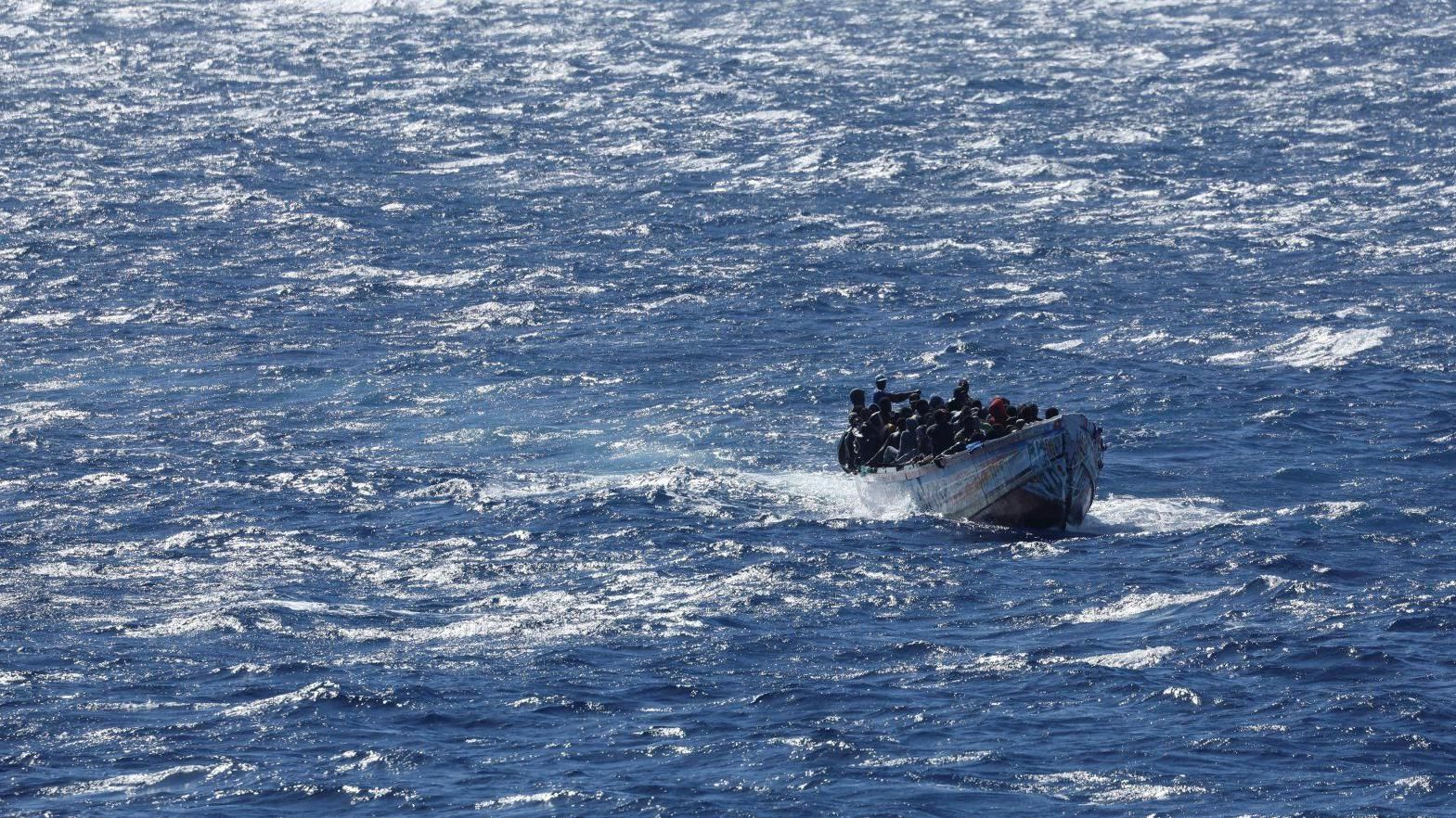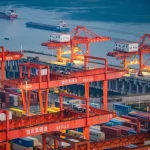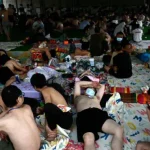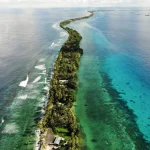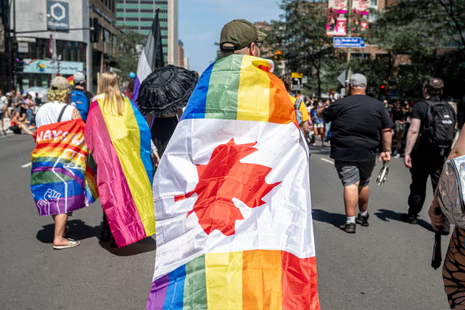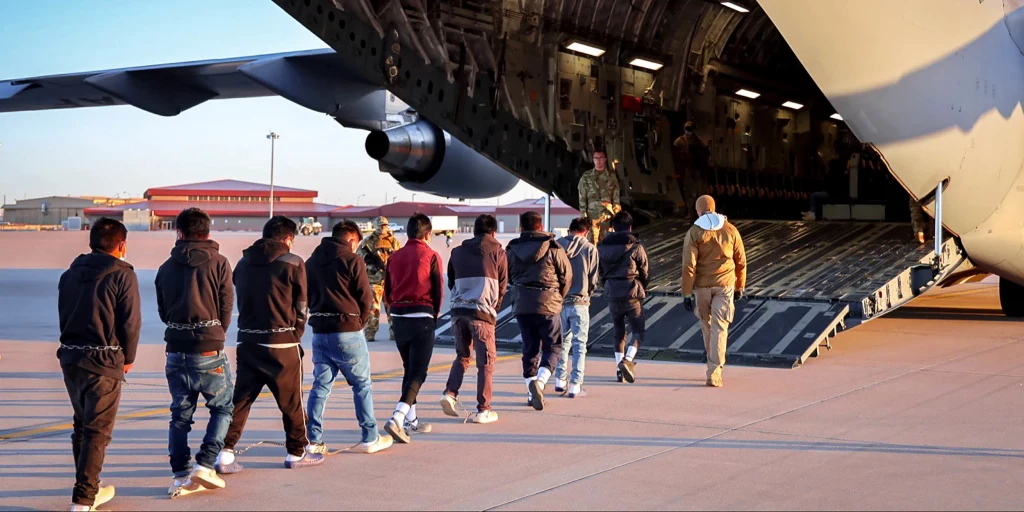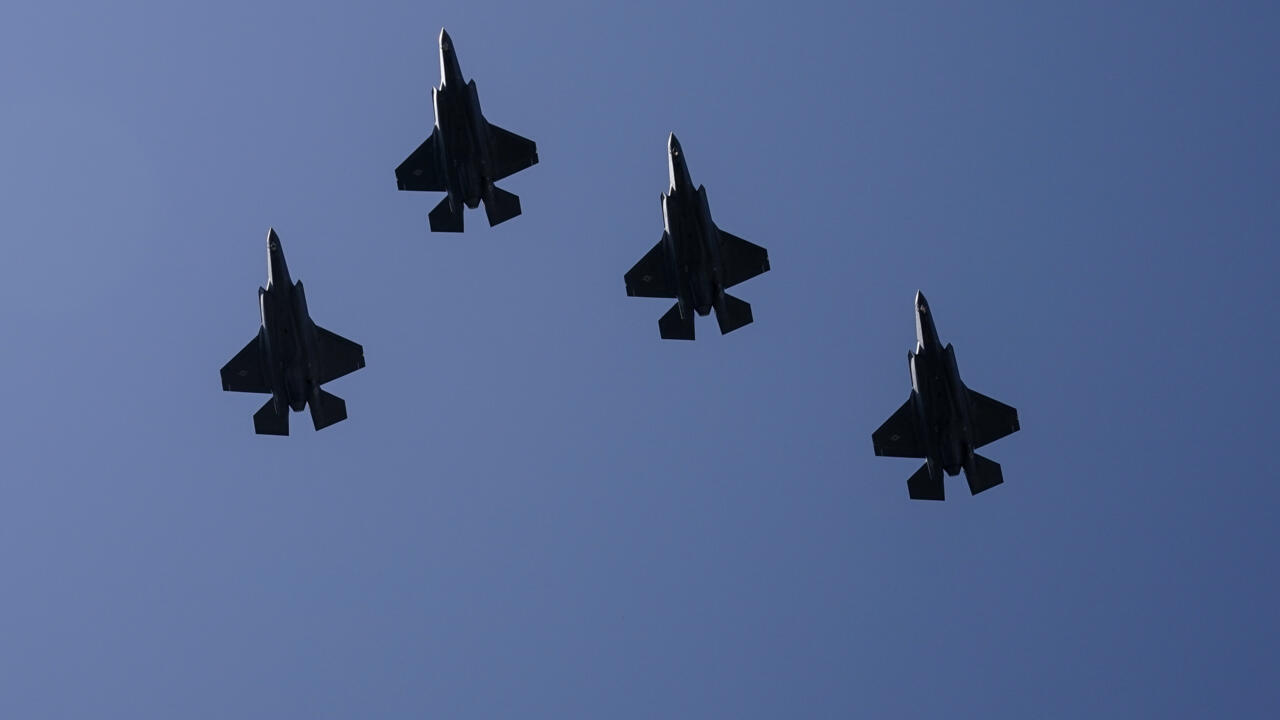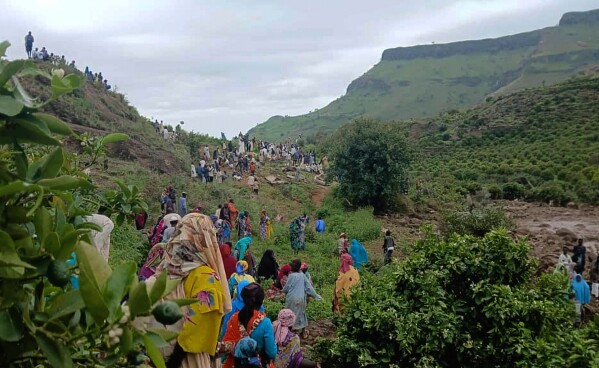The waters off Mauritania have once again become the site of a heart-wrenching tragedy. A migrant boat disaster has claimed dozens of lives at sea, underscoring the deadly risks faced by those who attempt to cross perilous routes in search of safety, opportunity, and a better future. This latest catastrophe is part of a larger and alarming trend across the Atlantic and Mediterranean migration routes, where desperate journeys too often end in loss, grief, and silence beneath the waves.
- Details of the Mauritania Boat Disaster
- Why Migrants Risk Their Lives at Sea
- Mauritania’s Role in Migration Routes
- International Reactions and Calls for Action
- The Human Cost of Irregular Migration
- Climate Change and Migration Pressures
- The Role of Human Traffickers and Smugglers
- Policy Failures and the Need for Comprehensive Solutions
- FAQs
- What happened in the Mauritania migrant boat disaster?
- Why do migrants travel through Mauritania?
- How many people died in the Mauritania disaster?
- What role do traffickers play in these tragedies?
- How can such disasters be prevented?
- What is the international community doing about it?
- Conclusion
For years, Mauritania has been a critical transit point for migrants from across West and Central Africa attempting to reach Europe. Driven by poverty, conflict, political instability, and the impact of climate change, thousands board overcrowded and unsafe boats in hopes of making it to Spain’s Canary Islands or further north. The tragedy highlights not only the human cost of irregular migration but also the urgent need for comprehensive solutions that address both immediate humanitarian needs and long-term root causes.
Details of the Mauritania Boat Disaster
Authorities in Mauritania confirmed that a migrant vessel capsized just off its coast, leaving dozens dead and many more missing. Survivors reported that the boat had set sail days earlier from a neighboring country, carrying far more people than it could safely hold. Witnesses described harrowing scenes as high waves battered the vessel, eventually overturning it and sending passengers into the water with little chance of survival.
Many victims were young men and women, some even teenagers, who had invested their savings—or borrowed heavily—to finance the dangerous journey. Families across West Africa now mourn loved ones who never made it to their intended destinations, while survivors live with trauma and uncertainty about their future.
The Mauritanian coast guard, aided by local fishermen, managed to rescue a number of survivors, but strong currents and rough conditions hampered efforts to recover bodies. The exact death toll remains uncertain, but initial estimates suggest dozens perished in the incident, with others still unaccounted for.
Why Migrants Risk Their Lives at Sea
The question that arises with each such disaster is: why would people take such immense risks? The answer lies in a web of complex factors. Many of the migrants aboard these vessels come from countries grappling with economic hardship, armed conflict, or authoritarian governments. Others are fleeing environmental degradation and food insecurity driven by climate change, which is especially severe in Africa’s Sahel region.
For many, migration is seen not as a choice but as a last resort. With limited job opportunities and scarce resources at home, individuals are willing to risk everything for the chance to build a new life abroad. Tragically, human traffickers exploit this desperation, charging exorbitant sums for unsafe and overcrowded boat journeys that often end in disaster.
Mauritania’s Role in Migration Routes
Mauritania occupies a key position on migration routes from West Africa to Europe. Its long coastline and proximity to the Canary Islands make it both a transit point and a staging ground for dangerous voyages. According to international organizations, Mauritania has seen a surge in migrant traffic in recent years as routes through Libya and the central Mediterranean have become more heavily policed and dangerous due to conflict and armed groups.
The country has partnered with the European Union, particularly Spain, to monitor its borders and prevent departures. Yet, despite these efforts, traffickers continue to operate with relative impunity, and boats still set out from Mauritanian shores or pass through its waters. This latest disaster highlights the limits of enforcement-only strategies, as migrants remain undeterred by risks when push factors at home remain unaddressed.
International Reactions and Calls for Action
News of the disaster has sparked international outrage and renewed calls for action. Human rights organizations such as Amnesty International and Médecins Sans Frontières have condemned the tragedy, emphasizing that restrictive border measures only push migrants toward more dangerous routes. The International Organization for Migration (IOM) has reiterated that safe, legal migration pathways are essential to preventing further loss of life.
European leaders, while expressing condolences, face mounting pressure to balance border control with humanitarian responsibility. Spain, in particular, has strengthened patrols along the Canary Islands route but has also faced criticism for failing to offer sufficient legal avenues for migration. The European Union has pledged financial support to Mauritania and other West African nations to help manage migration, but critics argue these efforts focus too heavily on containment rather than addressing the deeper causes of irregular migration.
The Human Cost of Irregular Migration
Behind the numbers are human lives and stories that illustrate the tragedy’s true scope. Families back home often sell land, livestock, or other assets to finance the journey, only to receive devastating news of shipwrecks and drownings. Survivors who reach shore often struggle with trauma, malnutrition, and the harsh reality that their journey has ended far short of their dreams.
A young survivor from the Mauritania disaster recounted how he clung to a piece of wreckage for hours before being pulled out of the water by fishermen. “I thought I would die,” he said. “I left because there was no future for me in my village, but now I don’t know what my future will be.” His story is echoed by countless others who survive such ordeals, only to face detention, deportation, or continued uncertainty.
Climate Change and Migration Pressures
Climate change is increasingly recognized as a major driver of irregular migration. In the Sahel region, desertification, erratic rainfall, and declining agricultural yields have forced people off their land. Coastal erosion and rising sea levels also threaten livelihoods, pushing entire communities toward migration. According to the World Bank, climate change could force over 86 million people in Sub-Saharan Africa to migrate internally by 2050, with many more attempting to cross borders.
The Mauritania boat disaster underscores how environmental pressures combine with economic and political instability to fuel migration crises. Addressing climate resilience in Africa will be essential to reducing the push factors that drive people to risk their lives at sea.
The Role of Human Traffickers and Smugglers
Human traffickers and smugglers play a central role in these tragedies. They promise safe passage to Europe for exorbitant fees, often packing boats with far more passengers than they can safely carry. Many of these boats lack life jackets, navigation systems, or even sufficient fuel to reach their destinations. When disasters strike, traffickers are rarely held accountable, leaving migrants to pay the ultimate price.
Experts argue that cracking down on trafficking networks requires international cooperation, intelligence-sharing, and stronger legal frameworks. However, such measures must be paired with expanding safe migration opportunities to reduce the market for dangerous and illegal crossings.
Policy Failures and the Need for Comprehensive Solutions
The Mauritania disaster highlights policy failures at both national and international levels. Current strategies largely focus on border security, leaving little room for addressing root causes of migration or providing safe alternatives. Critics argue that this approach is short-sighted, as it does nothing to stem the desperation that drives people to risk their lives.
Comprehensive solutions must include development aid targeted at creating jobs and stability in migrant-sending countries, legal pathways for work and asylum, and robust rescue operations to save lives at sea. Without such measures, tragedies like the one off Mauritania will continue to repeat.
FAQs
What happened in the Mauritania migrant boat disaster?
A migrant boat capsized off the coast of Mauritania, killing dozens of passengers and leaving many more missing. The boat was overcrowded and set sail in dangerous conditions.
Why do migrants travel through Mauritania?
Mauritania is a key transit point for migrants traveling from West and Central Africa toward Europe, particularly Spain’s Canary Islands, due to its long coastline and strategic location.
How many people died in the Mauritania disaster?
Exact numbers remain uncertain, but authorities and survivors report that dozens of people drowned, with others still missing.
What role do traffickers play in these tragedies?
Human traffickers exploit migrants’ desperation by charging high fees for unsafe journeys on overcrowded boats, often without adequate safety measures.
How can such disasters be prevented?
Experts emphasize the need for safe migration pathways, stronger action against traffickers, improved rescue operations, and addressing root causes like poverty, conflict, and climate change.
What is the international community doing about it?
The European Union and humanitarian organizations provide funding, border assistance, and emergency aid, but critics argue more emphasis is needed on legal migration opportunities and long-term development solutions.
Conclusion
The migrant boat disaster off Mauritania is a tragic reminder of the perilous journeys undertaken by thousands in pursuit of a better life. Each life lost represents not just an individual tragedy but also a collective failure of policies that prioritize deterrence over humanity. While the death toll may fade from headlines in time, the deeper crisis of forced migration continues to grow, driven by poverty, conflict, inequality, and climate change.
To honor the memory of those lost at sea, policymakers must go beyond reactive measures and commit to comprehensive solutions. That means tackling root causes in migrant-sending countries, expanding legal migration opportunities, and ensuring that no one is forced to choose between death at home and death at sea. The Mauritania tragedy is not an isolated incident—it is part of a larger story of human struggle, resilience, and the urgent need for compassionate, practical responses on a global scale.



